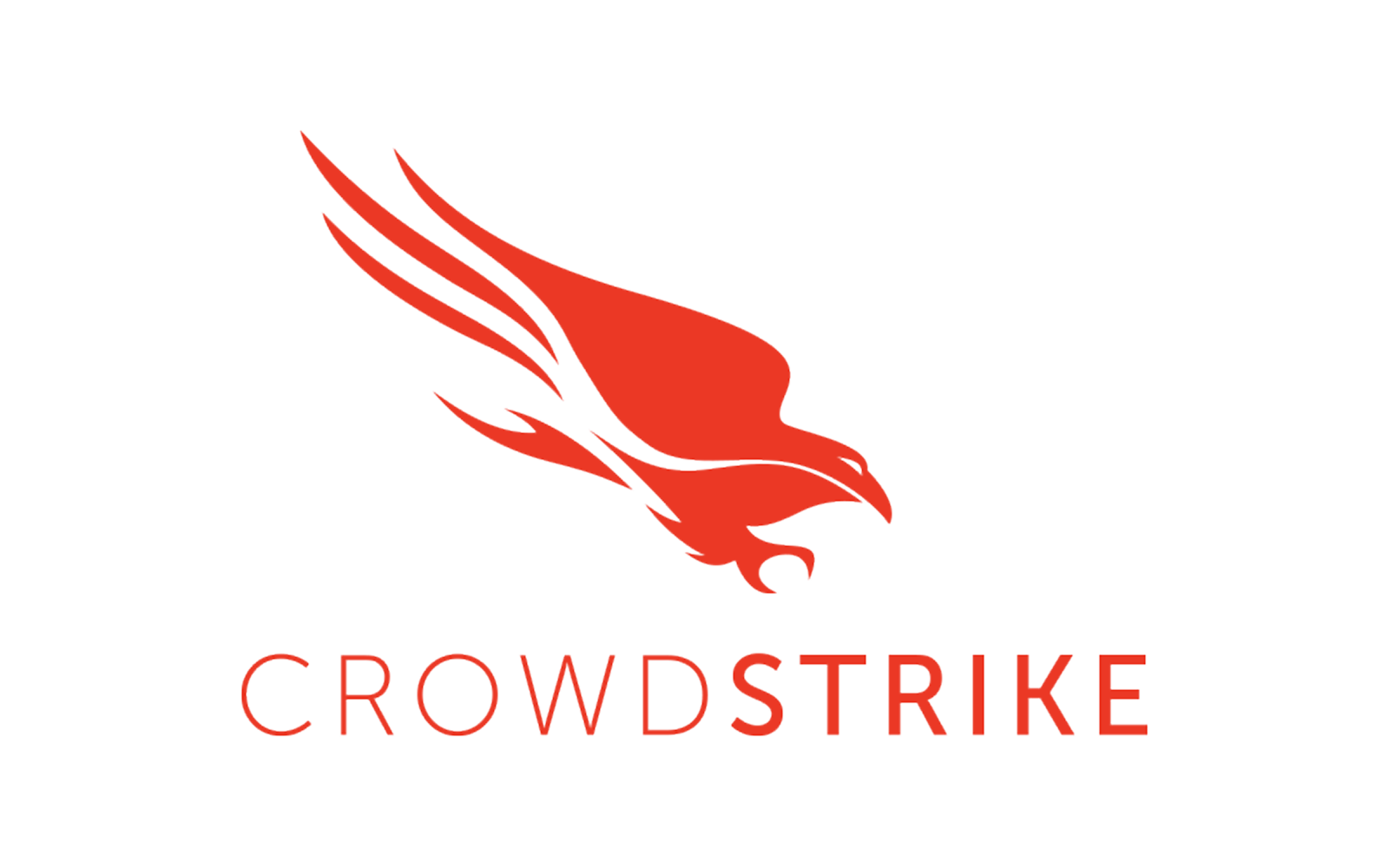
In March 2025, a logistics company in the trucking industry was faced with an urgent decision: their co-location provider announced plans to decommission the data center hosting the company’s most critical systems. They were given a choice—move their aging infrastructure to a new facility, or use the moment to modernize.
That decision came quickly. Within just a few weeks of discovery sessions, scoping calls, and stakeholder alignment, the company signed a cloud transformation agreement with GlassHouse Systems (GHS) to migrate their IBM i and VMware workloads into IBM Cloud.
This engagement is now in motion—and what made it possible was clarity, urgency, and the shared confidence that it was time to move.
The company’s IBM i environment supports their Transportation Management System (TMS), a core operational platform that touches:
- Dispatch
- Billing
- Regulatory compliance
- Financial history
That IBM i workload is surrounded by 28 virtual machines running key supporting functions. All of it had been operating reliably in a co-located environment—until the provider announced its exit. The customer was given the option to relocate the hardware to another city, but that meant:
- Investing in aging infrastructure
- Extending the lifecycle of unsupported platforms
- Facing another forced upgrade in the near future
Instead, the CIO saw an opportunity:
- Migrate the systems
- Modernize the platform
- Transition to a cloud-native, consumption-based model in IBM Cloud
IBM Cloud was selected for several reasons:
- Native support for IBM i on Power Systems
- Enterprise-grade VMware hosting under one platform
- No need to split workloads across vendors
- Full platform support from IBM
GHS earned the client’s trust by:
- Responding quickly to the opportunity
- Leading the discovery and planning process
- Providing clear, direct documentation
- Presenting a solution that was easy to understand and approve
The entire process—from initial contact to contract signing—was completed in under 45 days.
The project is now entering execution. Over the next 3.5 months, GHS and the client will work through a structured migration approach that includes:
- Planning and readiness
- IAM and secure networking setup
- IBM i landing zone creation and LPAR deployment
- VMware cloud foundation environment provisioning
- Sequenced workload migrations with validation checkpoints
- Full onboarding into GHS-managed infrastructure services
Once live, GHS will provide:
- 24×7 operational support
- Infrastructure patching and change control
- Ongoing monitoring under a time-and-materials model
While some of the workloads may be phased out over time, the IBM i system will continue to serve as a system of record. Running it in IBM Cloud ensures:
- Continuity
- Compliance
- Platform support
- Optionality without additional hardware investment
Modernization isn’t always about rearchitecting. Sometimes, it’s about knowing when to move—and having the right partner when you do. This trucking company made the decision. The execution begins now.








.png)


-1.png)

-1.png)


.png)